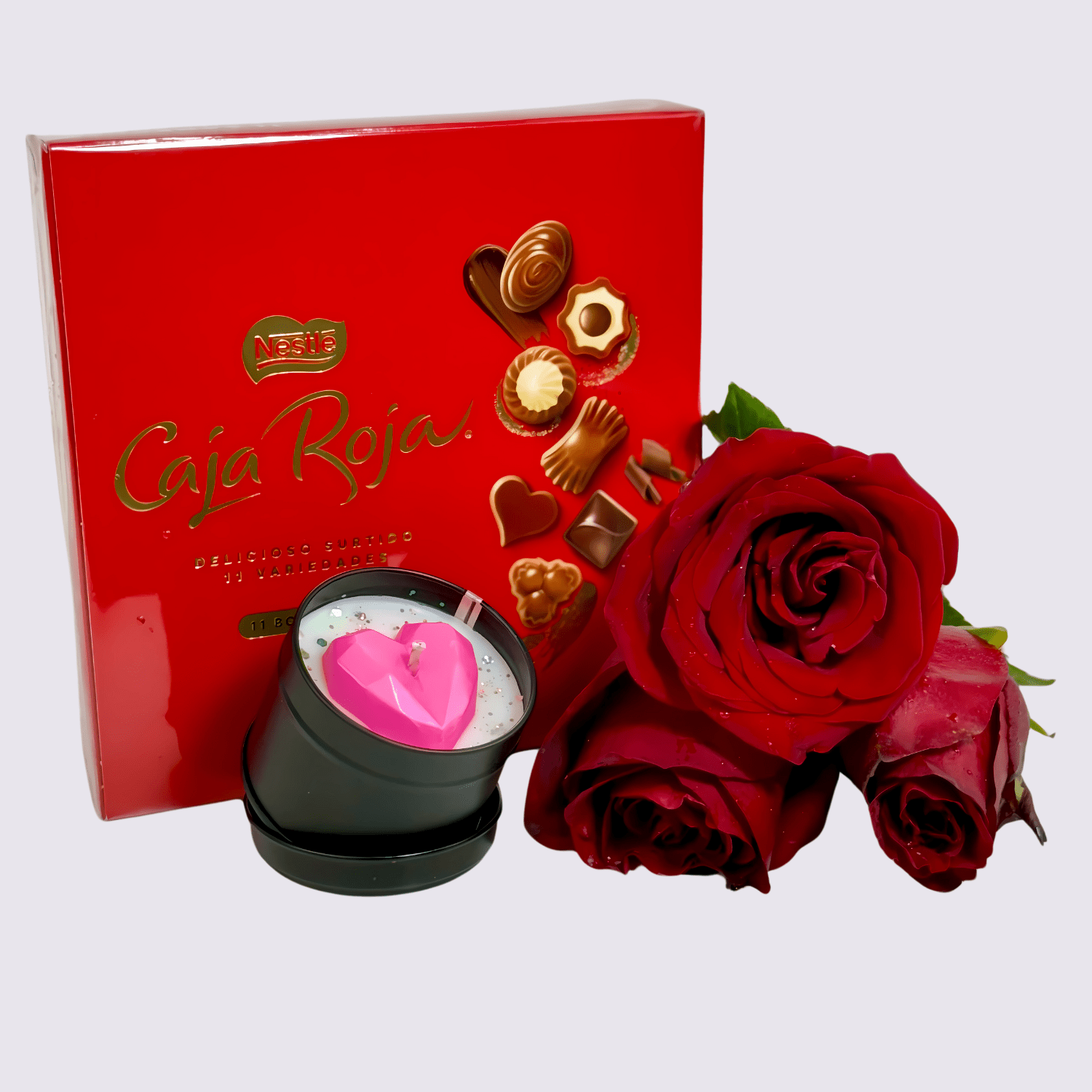Lilies
Lilies, with their elegance and captivating fragrance, are one of the most appreciated flowers in the world. These exquisite flowers not only adorn gardens and bouquets, but also have a cultural and symbolic meaning that transcends eras. In this article, we will explore the fascinating beauty of lilies, their various species, their longevity, the origin of their name and their distinctive aroma. If you want to surprise a loved one with a beautiful bouquet, you can always count on us at Persa Flores.
Growth Regions
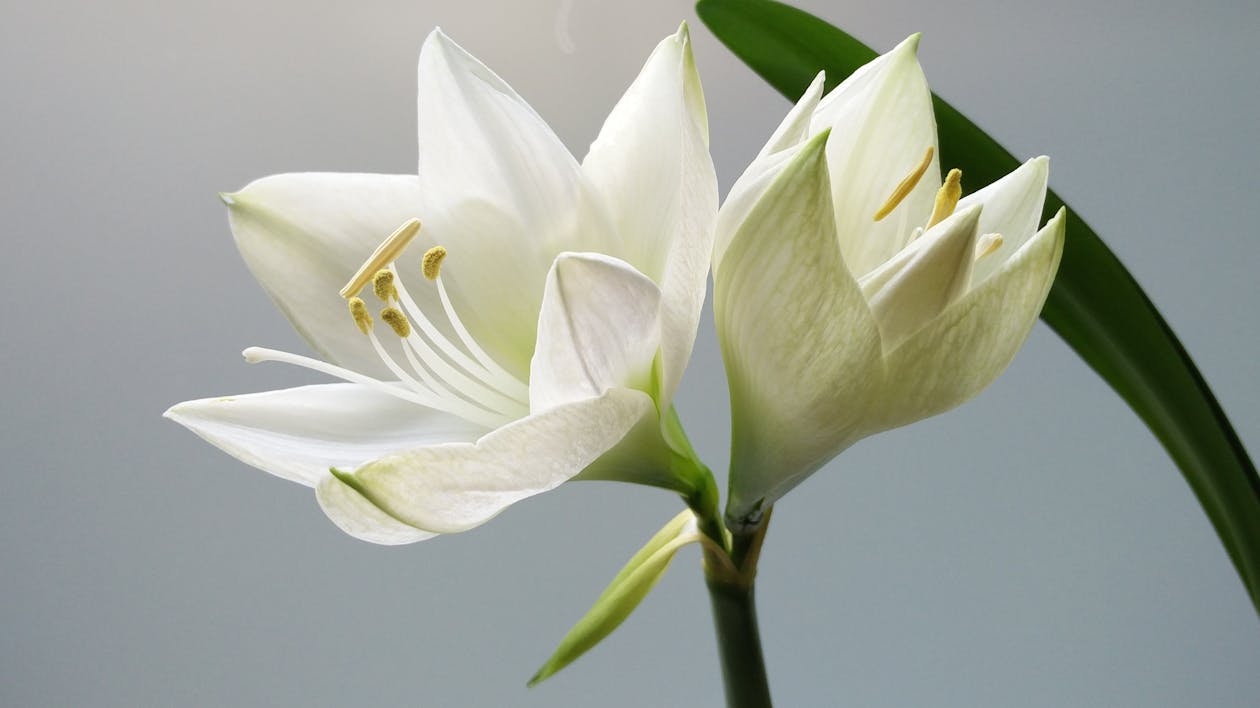
Lilies are truly cosmopolitan flowers, with a distribution that spans multiple continents and climates. These large, versatile plants have adapted to various regions of the world, giving rise to a wide variety of species and subspecies. Below, we will explore in more detail the presence of lilies in different parts of the world and how their adaptation to various environments has influenced their diversity.
Europe
In Europe, lilies are an integral part of the flora in many regions. Species such as the white lily (Lilium candidum) are found in the Mediterranean region, while yellow and orange lilies (Lilium bulbiferum) are common in alpine meadows. This plant also has a prominent presence in ornamental gardens and parks throughout the continent, where its beauty and fragrance are appreciated by gardening lovers.
Asia
Asia is a region rich in lily diversity. From the oriental lilies (Lilium orientale) with their intensely scented flowers, to the daylily (Hemerocallis), which is known for its short-lived but impressive daytime flowering, lilies are an essential part of the Asian landscape. Japan, in particular, is famous for its lily varieties and watering, and the daylily is considered an iconic flower in China.
North America
In North America, lilies also have a special place in nature and culture. Tiger lilies (Lilium lancifolium) are native to this region and are characterized by their orange flowers with dark spots. Additionally, in the United States, the Easter lily (Lilium longiflorum) is a symbol of the Easter season and is widely grown in both gardens and greenhouses.
Other Temperate Areas
Lilies are not limited to just these mentioned regions. They can be found in many other temperate areas of the planet, such as Australia and New Zealand, where they have also found their ecological niche.
The diversity of climates and soils in these regions has given rise to a wide variety of lily species, each adapted to its specific conditions. Some lilies prefer moist, shady soil, while others thrive in sunny, dry locations. This adaptability has led to the evolution of different sizes, colors and fragrances in lily flowers, making these plants truly fascinating for botany and gardening enthusiasts.
Additionally, their presence in multiple cultures and continents throughout history has contributed to the symbolic and cultural richness associated with lilies around the world.
Different Species of Lilies
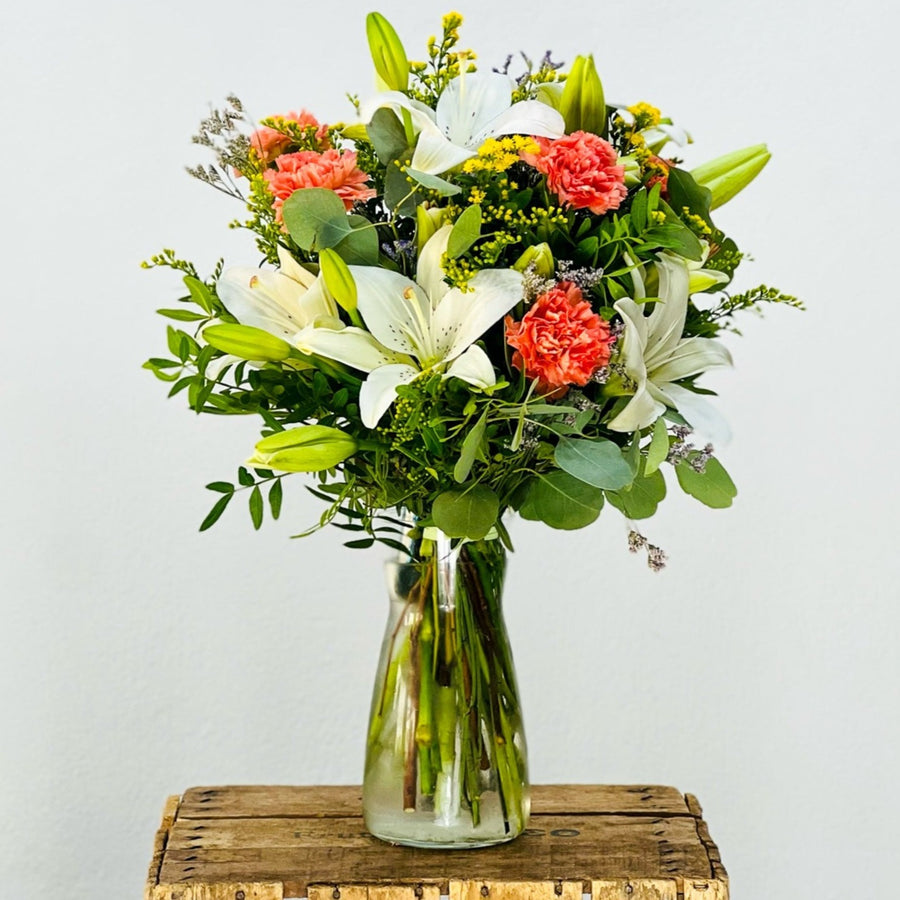
There are numerous species of lilies, each with their own unique characteristics. Among the best known species are:
Lilium Longiflorum
Lilium Longiflorum, commonly known as Easter lily, is one of the most emblematic and appreciated species of lilies in the world of gardening and floriculture. Native to the Pacific Islands, this lily has become a prominent presence in gardens and flower arrangements in many parts of the world.
Main Features:
-
Large, Fragrant White Flowers: The most distinctive feature of the Easter lily is the beauty and size of its flowers. The flowers are large, trumpet-shaped, with pure white petals that radiate elegance and purity.
-
Fragrance Wrapped in Sweetness: The Easter lily is prized not only for its appearance, but also for its intoxicating fragrance. The fragrance of these flowers is sweet and enveloping, filling any space with a charming aroma.
Association with the Easter Season
The name "Easter lily" comes from its typical flowering during the spring season, which coincides with the Holy Week and Easter holidays in many parts of the world. These white lilies symbolize the purity and hope associated with the resurrection of Jesus Christ in the Christian tradition.
Lilium Lancifolium

Lilium Lancifolium, known by various names, such as tiger lily, trumpet lily or orange lily, is a species of lily noted for its dramatic and colorful appearance. Native to Asia, this lily has captivated flower lovers around the world due to its unique and vibrant beauty.
Main Features:
-
Orange Flowers with Dark Spots: The most striking feature of this lily is its deep orange flowers, adorned with dark spots or stripes. These contrasting marks add a touch of exoticism and beauty to the flowers.
-
Height and Elegance: The tall, slender stems of the tiger lily can reach considerable heights, adding an impressive vertical dimension to gardens. The elegance of its flowers contrasts with the robustness of its stems.
Use in Gardens and Floral Arrangements
The tiger lily is a popular choice for adding a vibrant, exotic note to gardens. Its lush and colorful appearance makes it ideal for creating visual focal points. It is also used in floral arrangements, often combined with other flowers to add a dramatic and festive touch to bouquets and bouquets.
Both the Easter lily and the tiger lily are notable examples of the diversity and beauty of lily species. Each brings its own charm and meaning to gardens and flower arrangements, making them favorites of gardeners and flower lovers alike around the world.
Longevity of Lilies
Under the right conditions, lilies can live for several years and bloom year after year. Their longevity depends largely on the care they receive, including root care and choosing a suitable location for growing them.
Name's origin
The name "lily" comes from the Latin term "lilium." This name has been used for centuries and is related to its majestic appearance and innate grace. Lilies have been revered in different cultures and are often associated with purity and renewal.
Fragrance and care of Lilies
One of the most distinctive characteristics of lilies is their unmistakable perfume. The fragrance of lilies varies depending on the species and can range from soft and sweet aromas to more intense and spicy notes. The Casablanca lily, for example, emits a sweet and enveloping aroma, while the oriental lily has a stronger and more spicy perfume.
Other Names and Combinations in Ramos

Lilies are known by various names depending on the region and the specific variety of flower. This linguistic diversity adds a fascinating cultural nuance to the appreciation of these flowers around the world. Some of the regional and common names for lilies are as follows:
-
Lilies: In many parts of Latin America, lilies are known as "lilies." This term is used to refer to lilies generically and is widely accepted in Spanish-speaking countries. The word "lily" evokes the beauty and purity of these flowers, reflecting their cultural significance.
-
Peruvian Lilies: In Peru, lilies are also called "Peruvian lilies" or "Peruvian lilies." This regional designation highlights the presence of lilies in the Peruvian flora and their appreciation in local culture.
-
Santa Rita Lilies: In some parts of Mexico, lilies are known as "Santa Rita lilies." This appellation honors Saint Rita of Casia, a saint revered in the Catholic tradition, and is associated with purity and grace.
Combinations in Ramos
Lilies are a popular choice to combine in bouquets and floral arrangements for gifting due to their beauty, fragrance and variety of colors. When combined with other flowers, such as roses, carnations, tulips and daisies, truly stunning floral arrangements can be achieved. Here is more information about these combinations:
-
Lilies and Roses : The combination of lilies and roses is classic and elegant. The contrasting colors of these flowers, such as white lilies with red roses, create romantic and sophisticated arrangements. In short, lilies are flowers that dazzle with both their beauty and their unique fragrance.
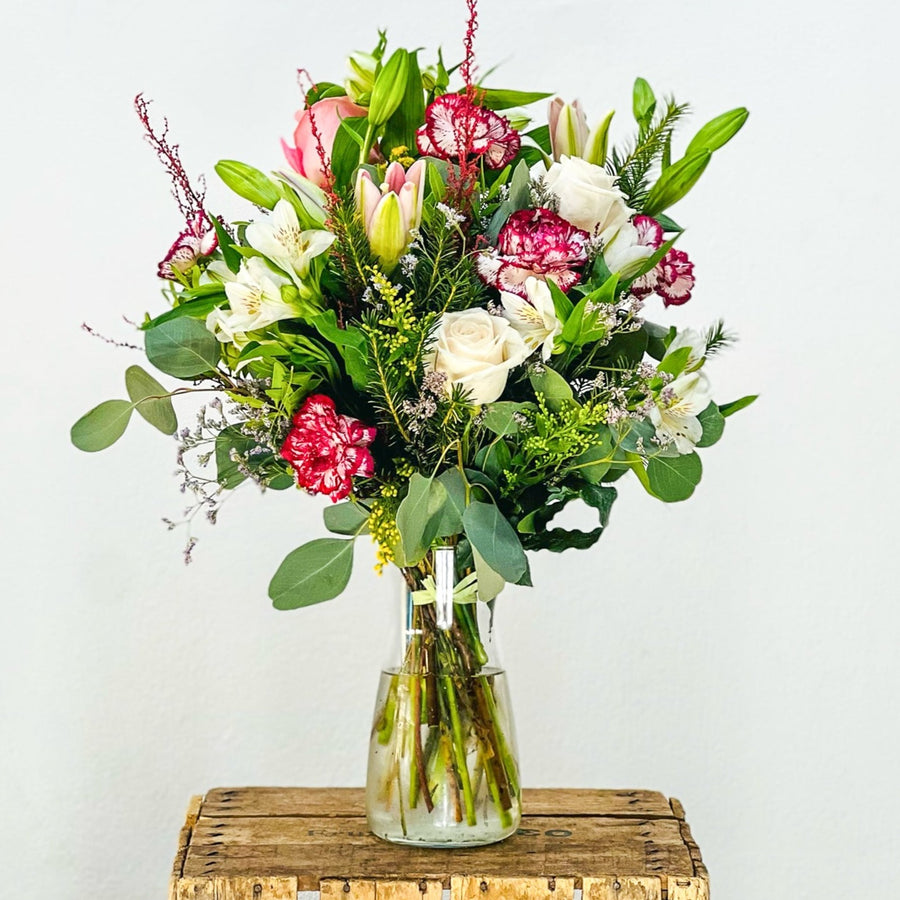
-
Lilies and Carnations : The mix of lilies and carnations provides a combination of colors and textures. Carnations, with their gathered petals, complement the elegance of lilies.
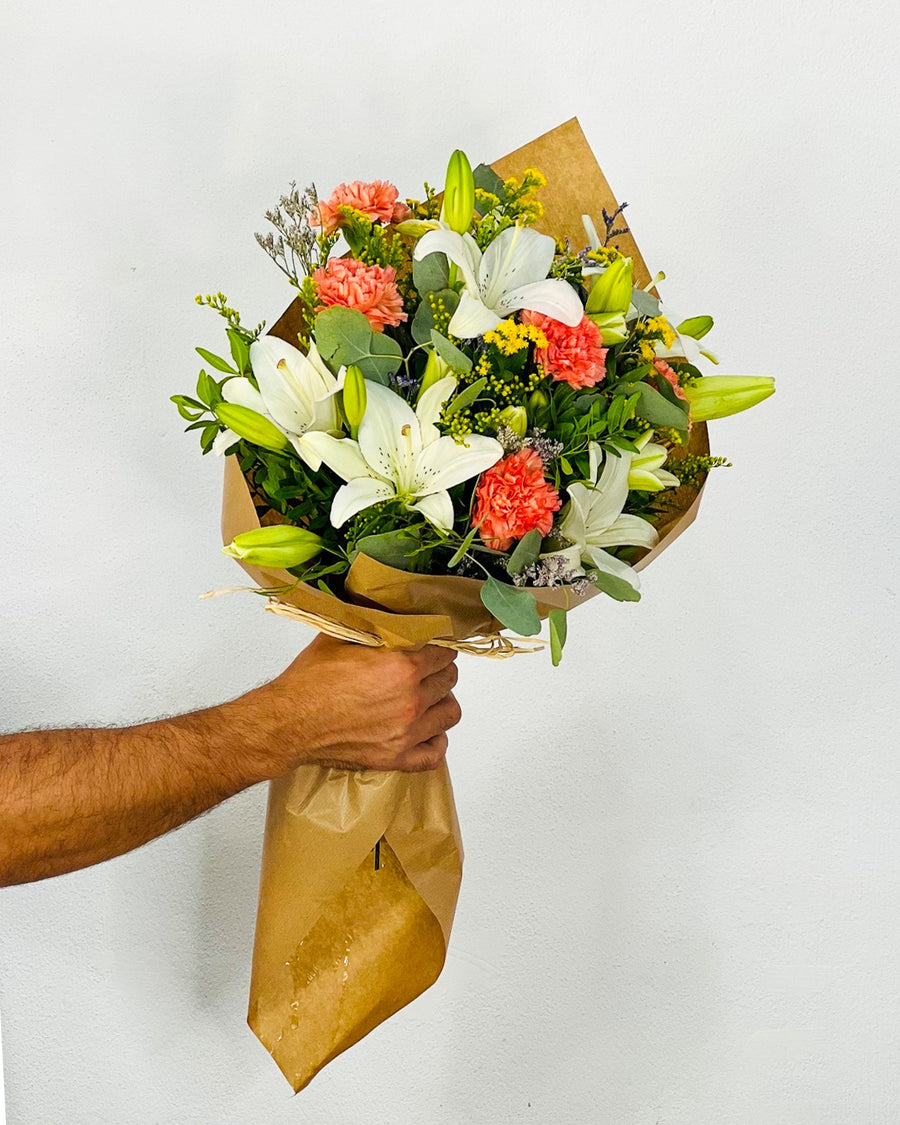
-
Lilies and Tulips: The combination of lilies and tulips offers an explosion of vibrant colors. These flowers together in a bouquet can brighten any space and add a touch of spring.
With a history rich in symbolism and a wide variety of species, these elegant, long-lived florets remain a popular choice in gardens and flower arrangements around the world. Its name evokes purity and grace, qualities that are perfectly embodied in nature. The next time you see a lily, take a moment to appreciate its splendor and the meaning it brings to our lives and culture.


